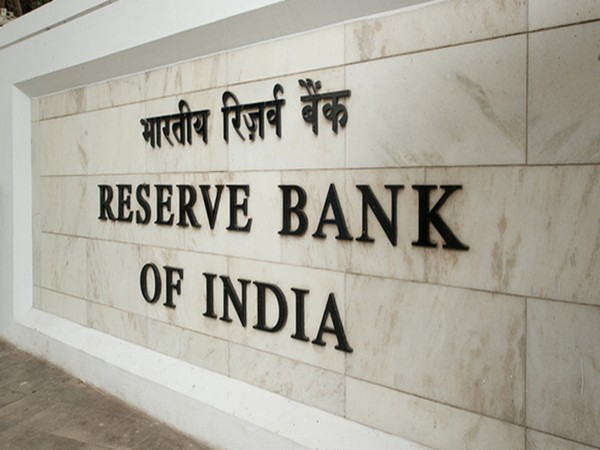
London [UK], June 13 (ANI): Coronavirus-driven lockdowns implemented in countries worldwide were at their strictest in April and drove a global contraction that has little parallel in history.
The depth of the decline will make the climb back more challenging, and it means that even a sharp initial rebound could leave the global economy smaller than it was before the pandemic, reports The Wall Street Journal.
The evidence of the depth of economic pain in April is stark. India recorded no new auto sales in April, according to the Federation of Automobile Dealers Associations. In the United Kingdom, only 197 autos were made compared with about 70,000 in April 2019.
Exports from Germany, one of the world’s manufacturing powerhouses, fell by a third. In Bosnia and Croatia, no steel was produced. Clothing sales in France, the home of fashion, were down 67.4 per cent.
The UK’s Office for National Statistics estimated on Friday that the April lockdown cost the economy 30 billion pounds in lost output (37.8 billion dollars) and took output back to where it was in 2002. Eighteen years of growth was wiped out in a single month.
Americans radically cut spending in April, which forced whole service industries to come to a standstill.
Business activity in India‘s service sector was almost wiped out overnight as the government rolled out one of the most aggressive lockdown policies in the world starting in late March.
The startling scale of the contraction in India‘s services sector shows up in measures of activity compiled by IHS Markit. Its Purchasing Managers Indices (PMIs) are based on surveys of around 30,000 businesses around the world.
A PMI above 50 points to a rise in activity and a measure below that level points to a decline. Usually, the PMIs hover around the 50 mark. For April, the PMI for India‘s services sector stood at 5.4, the lowest ever recorded anywhere.
Equivalent measures for France and Italy were not much higher. In the United States, it stood at just 26.7.
“To see the numbers come down to single digits, it was inconceivable,” said Chris Williamson, Chief Business Economist at IHS Markit. “We never thought that could happen. You are into totally uncharted territory.”
WSJ said the April figures are a useful guide to how damaging severe lockdowns can be. While most countries have been easing restrictions, it is possible fresh measures will be needed if there is a surge in coronavirus infections later in the year.
On Friday, Britain — the world’s sixth-largest economy and one of the few that reports monthly gross domestic product (GDP) — said output in April was down 20 per cent from March and 25 per cent from a year earlier.
Scaled globally, that would be equivalent to a 1.15 trillion dollar loss in output during those 30 days, or roughly the annual output of Indonesia, a country of 270 million people.
“That underscores how steep the climb ahead is to return to pre-pandemic levels of activity, given that the damage to business and household incomes is likely to delay a complete recovery,” said WSJ.
The enormity of the loss of output in April means many countries will initially enjoy a quick, strong rebound with double-digit growth in many indicators — creating the illusion of a swift return to normal.
However, said WSJ, the depth of the contraction presages a steep climb back, particularly amid uncertainty over when and whether a vaccine will arrive.
(ANI)






